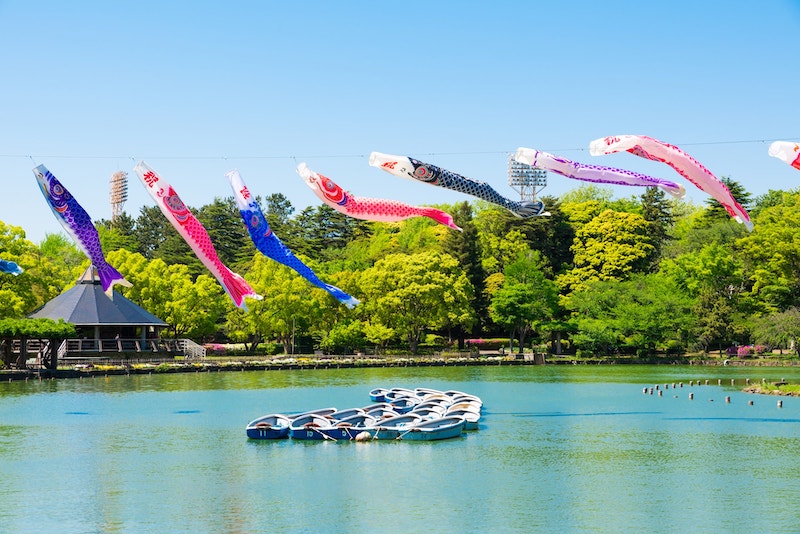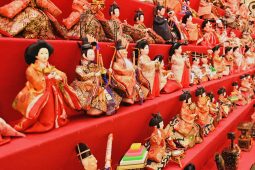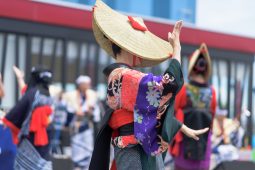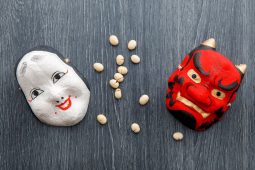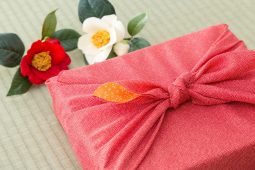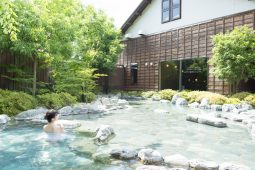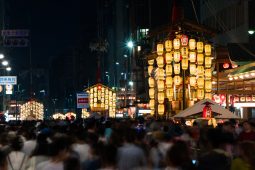Children’s Day, which is called Kodomo no Hi (こどもの日) in Japanese, is a national holiday in Japan held every year on May 5th to celebrate happy and healthy children and to express gratitude to their mothers. One of four national holidays during Japan’s annual “Golden Week” in late April and early May, Children’s Day is especially colorful with flying carp streamers and samurai motifs. In this article we will introduce the history and essential facts of this holiday as well as looking at some typical activities and traditional foods.
Origins
Historically, the fifth day of the fifth month was called Tango no Sekku (端午の節句) and was a celebration for boys. The equivalent day for girls was Hina Matsuri which is still celebrated on the third day of the third month as the Doll Festival, but which is not a national holiday. In 1948 the Japanese government renamed the old Boy’s Day as Kodomo no Hi and officially made it a celebration for all children. However, many of the surviving traditions of the modern Children’s Day are symbolically related to the health and strength of boys.
Traditional Decorations
A typical Children’s Day decoration inside a family home is the ngogatsu ingyō (五月人形 or “May doll”). This is a miniature samurai warrior set which has carefully arranged armor, a helmet, a sword and a bow with arrows. Clearly this decoration is an old Boy’s Day tradition which symbolizes the hope that young boys will grow up to be strong and brave. Gogatsu ningyo are exquisitely made and very beautiful, but they can also be quite expensive, and take up quite a lot of space, so very often families who have boys will display just a miniature samurai helmet which is called a kabuto (兜). Another related custom which many kids enjoy is making an origami (折り紙 or “folded paper”) kabuto helmet that you can wear on your head. There are plenty of online guides showing how to fold such a helmet out of newspaper.
Outside the family home the traditional decoration is koinobori (こいのぼり) or carp streamers which are a kind of long ornamental windsock shaped like a fish and flown from a tall pole. At this time of year you will see many of these colorful streamers fluttering in the breeze above Japanese rooftops. These carp streamers originated in a Chinese legend that a carp that was strong enough to struggle up the Yellow River and leap the Dragon Gate Falls would be transformed into a dragon and fly into heaven. The streamers therefore represent the virtues of strength and determination that will bring success in life and that parents wish for their children. Typically there is a large black streamer that represents the father of the household, a red one for the mother, and then smaller streamers in other colors for each of the children in the home.
Another ancient tradition is to decorate the eaves of a home with iris and mugwort leaves which are believed to ward off misfortune and sickness. Iris leaves in particular, because of their pointy leaves, are believed to resemble samurai swords that can protect a family from evil. A related custom is to take a bath, called shо̄buyu (しょうぶ湯 or “iris bath”) with iris leaves which are believed to have medicinal properties. Some public bath houses will prepare iris baths on Children’s Day and even let children use them for free.
Traditional Foods
Two special edible treats are served on Children’s Day. Kashiwa-mochi (柏餅) are soft rice cakes stuffed with sweet red bean paste and wrapped in oak leaves. The oak leaves represent the continuing health of the family down the generations because it is believed that old oak leaves do not fall until new leaves have grown. The other treat that is commonly eaten is chimaki (ちまき) a long sweet sticky rice dumpling which is wrapped in bamboo leaves. You can find recipes for these seasonal treats online should you want to make them yourself, but they are widely available in Japanese supermarkets around the time of Kodomo no Hi. Remember that both the oak leaves of kashiwa-mochi and the bamboo leaves on chimaki serve a decorative purpose and are not meant to be eaten!


